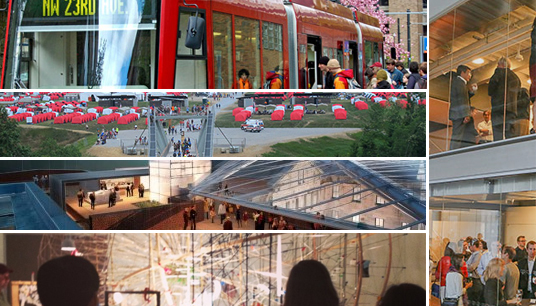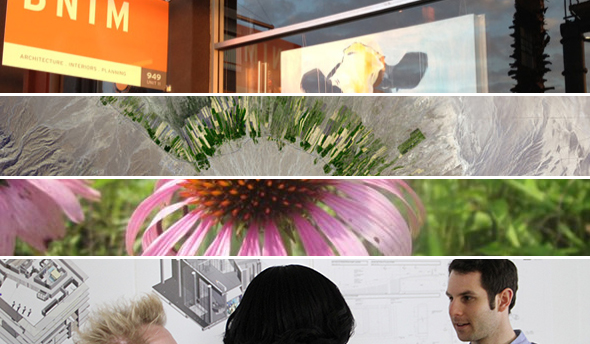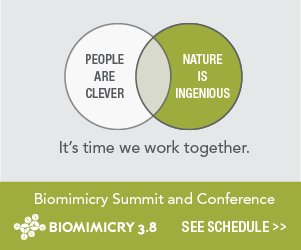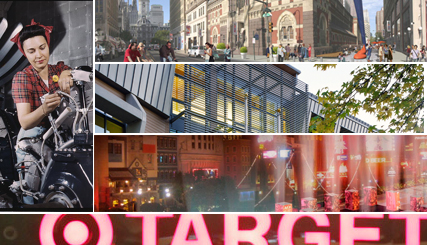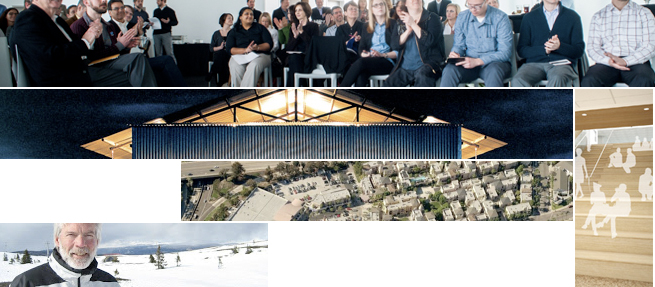Iinnovative business school design with BNIM. BUILD on going paperless in Seattle. HDR brand speak. Rapid prototyping with P+W and highschoolers. Jet Blue, Adweek's social media leader.
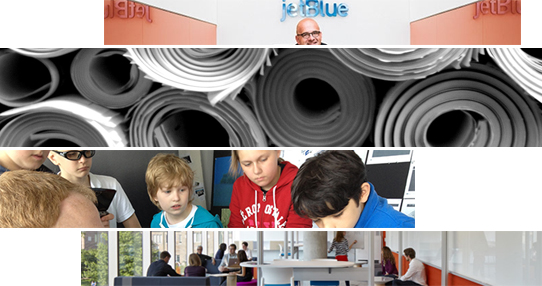
Innovative design at business school. BNIM discusses the two-year design and construction of the Henry W. Bloch Executive Hall for Entrepreneurship and Innovation at the University of Missouri – Kansas City, and how it is set apart from other business schools because of the unique program spaces found more often in design schools.
The BNIM team was inspired by the fact that this would be the top innovation school in the world, focusing on creating new business enterprise, new products and ideas — versus emulating a case method of study that has been used in business schools in the past.
Via BNIM Blog
Going paper-free. BUILD writes about how much paper is wasted in the architecture world with sketchbooks and rolls of drawings, but how the firm experienced its first glimmer of the tide turning with the Seattle’s Department of Planning and Development in submitting permits.
“We just completed our first permit with your online permit system and we’re incredibly impressed! The online submittal process is everything the system should be: it’s easy to use, and it’s an excellent example for other cities to follow.” – BUILD
Via BUILD Blog
Brands speak for themselves. James “Jim” Henry, design principal at HDR Architects, discusses the importance of brand imaging and messaging, and how it defines your firm and is a deciding factor when people/companies consider investing in you.
Henry uses Apple as an example of good branding, and how “this company doesn’t just walk the talk of its vision, it sprints—ensuring that everything it does and says is authentic and in line with its core beliefs. Everyone in the company—from senior leadership to individuals selling product—understands its direction and beliefs, and have claimed them as their own.” – James “Jim” Henry
Rapid prototype generation. Scott Dansereau of Perkins + Will shares how students participating in the Dig-8 program at Chicago’s Nettlehorst School, which gives grade-school students a crash course in entrepreneurship and product design, got a hands-on demonstration of the firm’s digital fabrication process, using programs such as Revit, AutoCAD 3D and SketchUp.
The student’s level of engagement and understanding of 3D modeling concepts was impressive as these ten and eleven-year-olds grasped ideas that are typically introduced in high school and college. It is clear that through exposure to programs like Dig-8, students will enter high education with a breadth of knowledge and experience that will force educators to develop even more advanced curricula.
Innovative Social Media
Adweek looks at JetBlue’s early rise to a leader in social media, starting with the “Valentine’s Day Crisis” in 2007 that was remedied through a YouTube video, and how the airline carrier continues to leverage the medium as a serious brand-building tool.
Via Adweek

